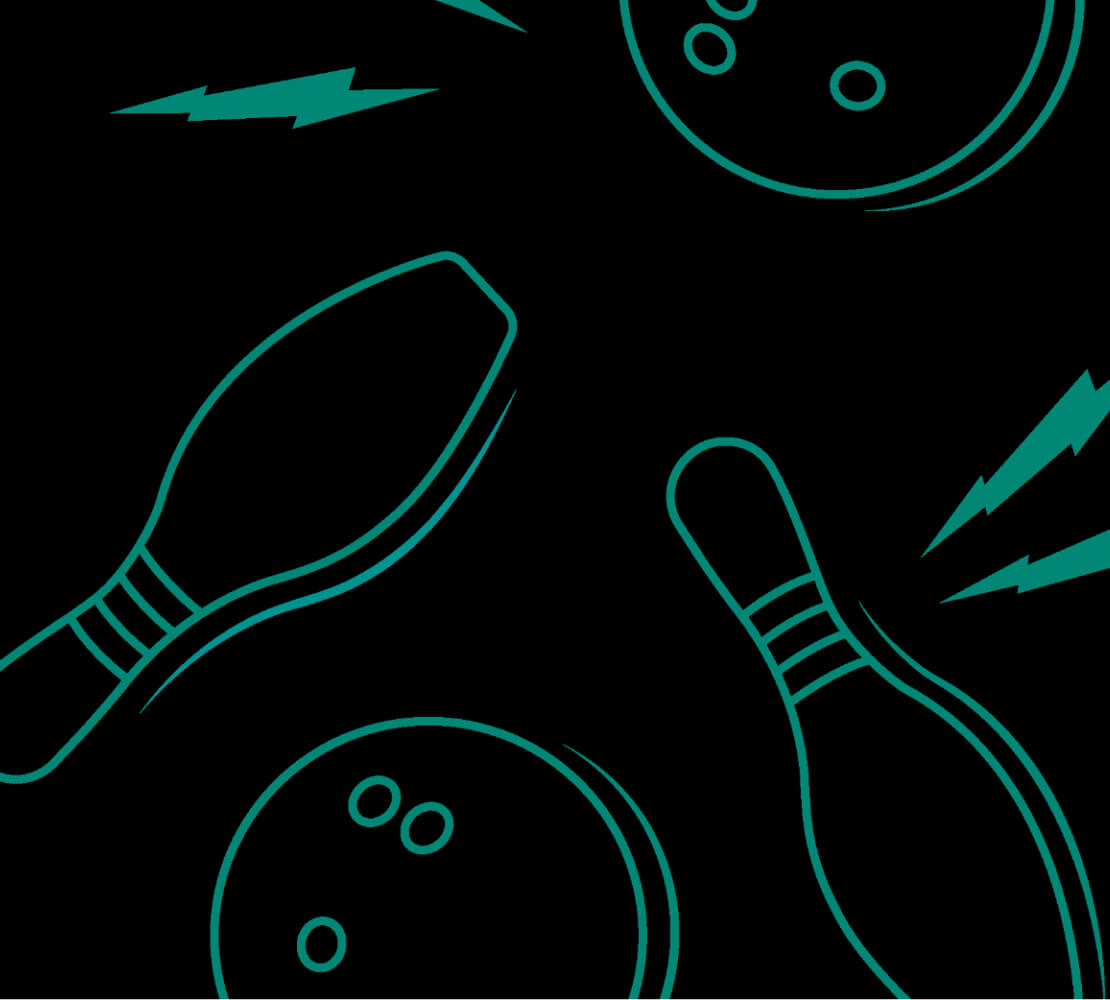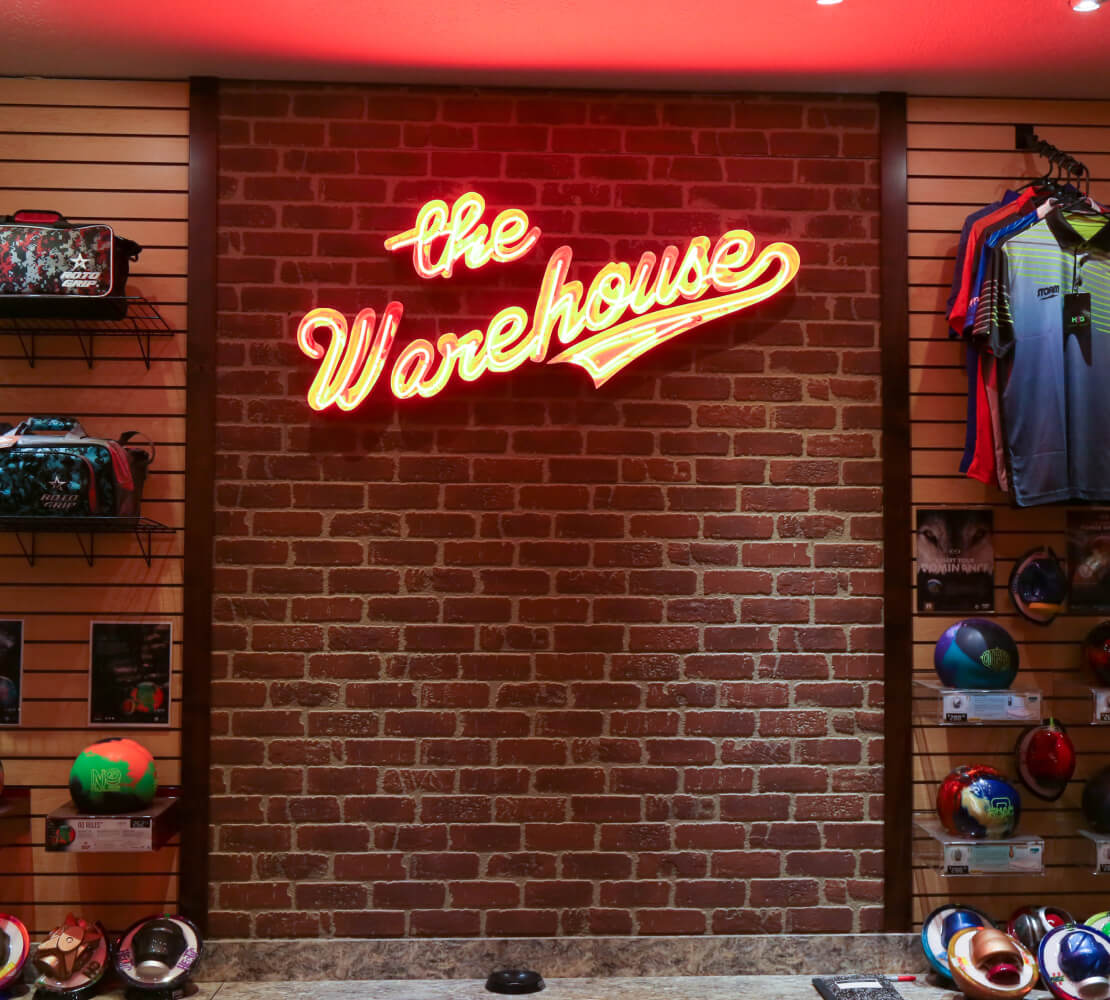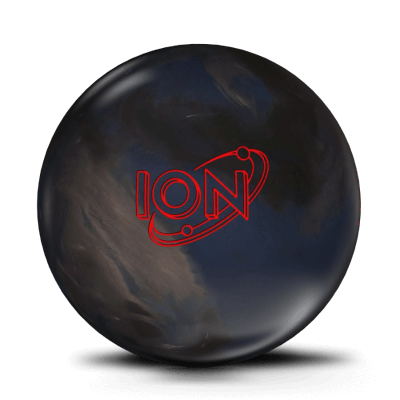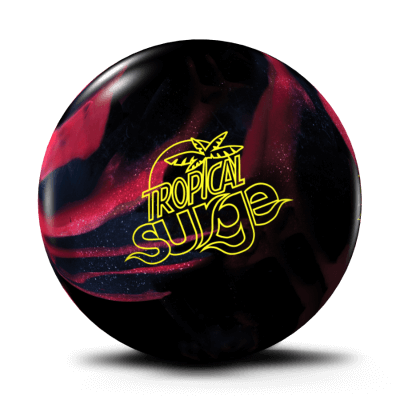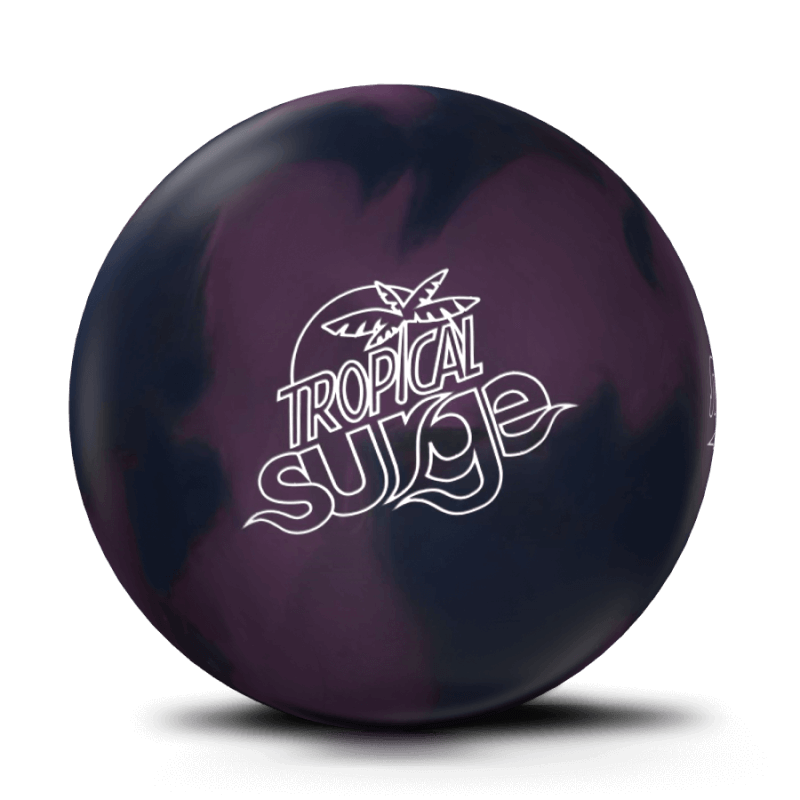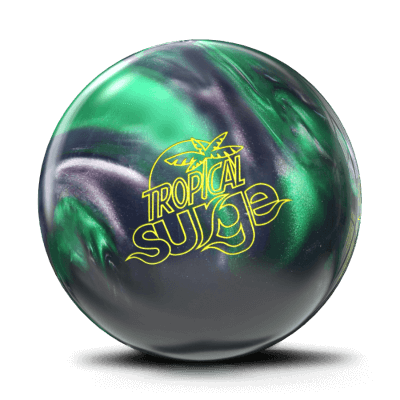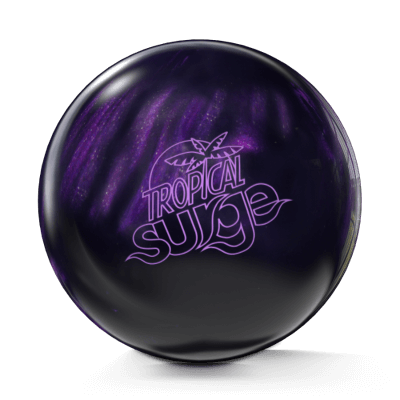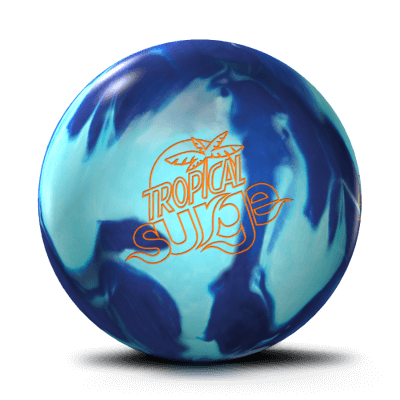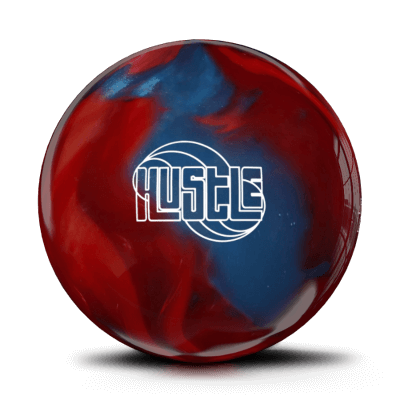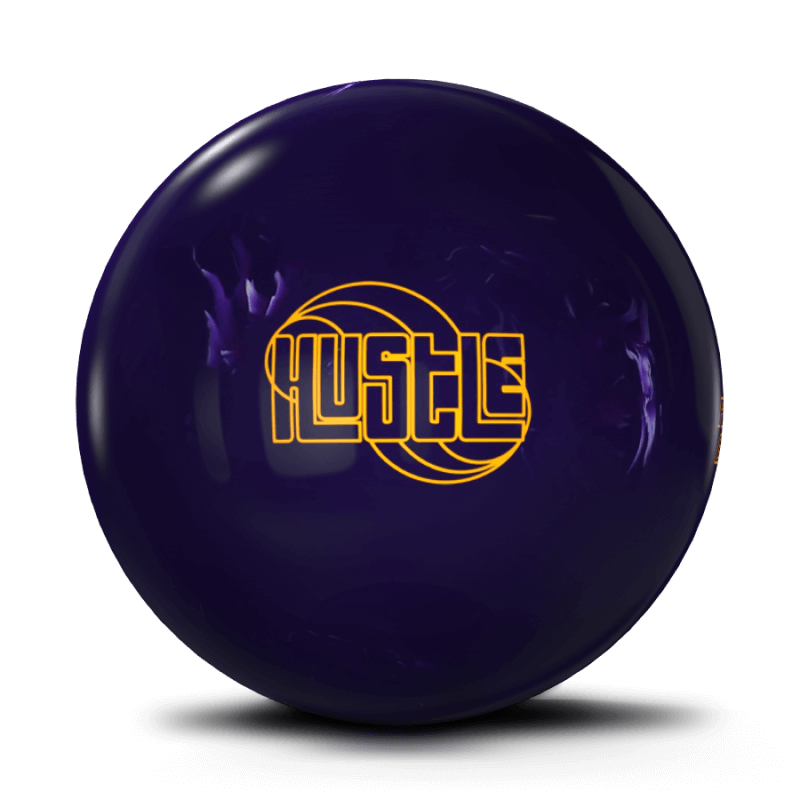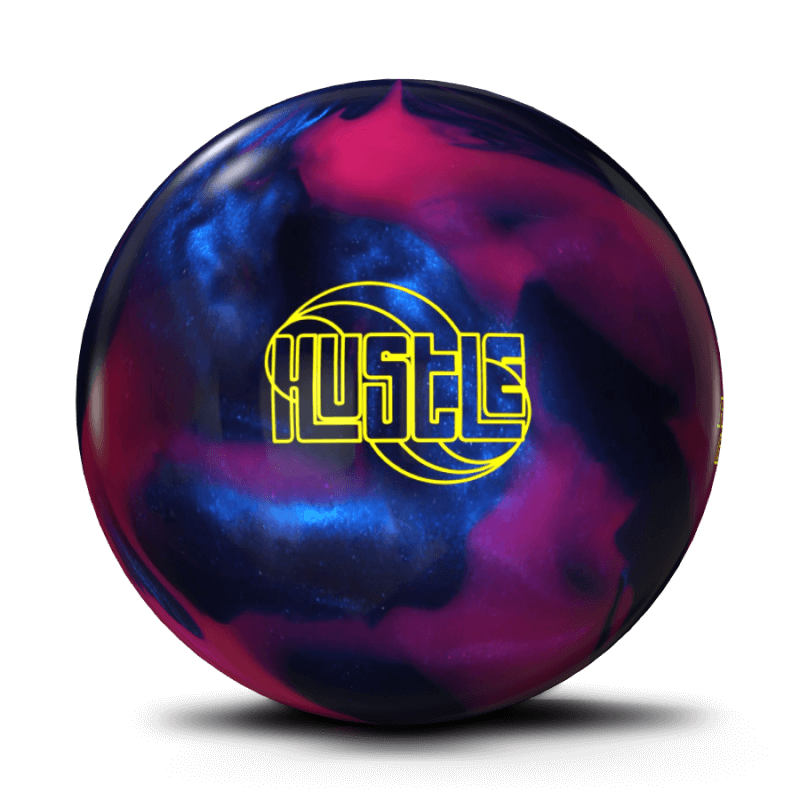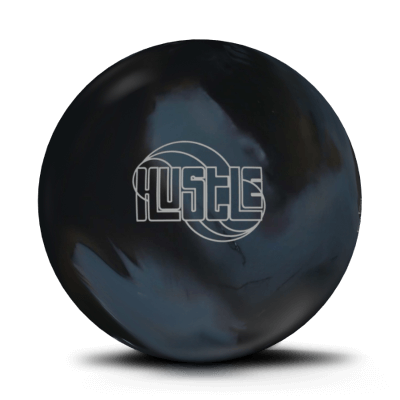BUYERS GUIDE
Choosing the right bowling ball can be as challenging as picking the perfect golf club or running shoes. It involves navigating technical numbers, weight blocks, and cover stocks, each crucial for your performance on the lanes.
We're Here to Help.
Our goal is simple: to help empower you with knowledge so you can select a bowling ball that you'll love
BUILD YOUR BOWLING FOUNDATION
BUILD UP YOUR BOWLING ARSENAL
(coming soon)
Key Factors for Choosing the Perfect Bowling Ball
Flare Potential
Refers to the amount of hook potential the ball has as it rolls down the lane.
- High Flare
Balls with high flare potential create pronounced hook shapes and are ideal for bowlers seeking strong backend reaction and maximum hook potential. - Low Flare
For bowlers who prefer a more predictable and controllable motion, low flare balls offer a smoother, less aggressive hook shape.
Hook Shape
Describes the path of the ball's hooking motion
- Smooth Hook
Balls with a smooth hook shape generate a gradual and predictable transition from skid to hook. They are suitable for bowlers who prefer a consistent and controlled motion. - Angular Hook
Bowlers looking for a more aggressive and dynamic hook motion should opt for balls with an angular hook shape. These balls create sharp turns and aggressive backend reactions.
Hook Length
Indicates where on the lane the ball begins its hooking motion
- Early Hook
Balls that hook early begin their motion soon after entering the oil pattern. They are effective on heavy oil conditions and provide strong mid-lane traction. - Midlane Hook
Balls with midlane hook characteristics start their hooking motion midway down the lane. They offer a balanced combination of length and backend reaction, suitable for medium oil conditions. - Late Hook
Late hooking balls maintain their skid longer before reacting sharply at the backend. They excel on dry lanes and provide maximum length with a strong backend finish.
Oil Absorption
Consider how much oil volume the ball can handle
- Light Oil
Balls designed for light oil conditions feature coverstocks that provide minimal friction, allowing the ball to skid easily down the lane. - Medium Oil
For medium oil conditions, look for balls with versatile coverstocks that offer a balanced combination of length and backend reaction. - Heavy Oil
Balls engineered for heavy oil conditions feature aggressive coverstocks that create maximum traction and hook potential on oil-soaked lanes.
Lane Conditions
Factor in the lane conditions you typically encounter
- Fresh Oil
Balls with early reactions and high flare potential are ideal for fresh oil conditions, as they can create friction and hook on a oily surface. - Transition
During the transition phase, when the oil pattern starts to break down, versatile balls that can adapt to changing lane conditions are advantageous. - Burn
As the oil pattern dissipates and the lane surface becomes drier, balls with low flare potential and later hook shapes are preferable to control the backend reaction.
Great Balls for Any Skill Level
These bowling balls are designed to be true all-rounders, offering a blend of performance, consistency, and adaptability that makes them ideal choices for both beginners and seasoned pros.
INSIGHTFUL TIPS
Wanting to learn more about selecting a bowling ball? Check out this content on lane play and ball motion
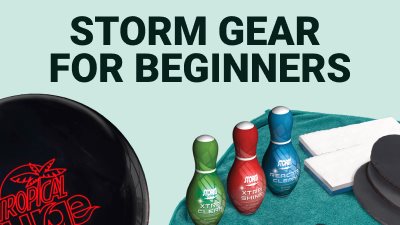
7 min read
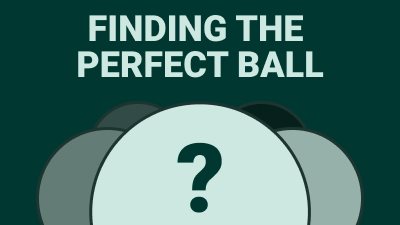
7 min read
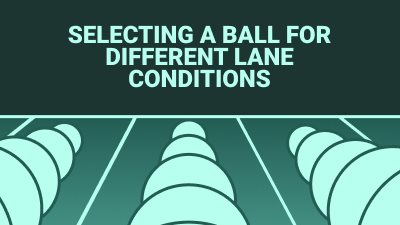
7 min read
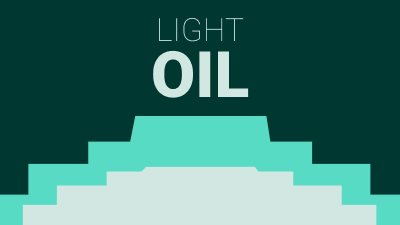
7 min read
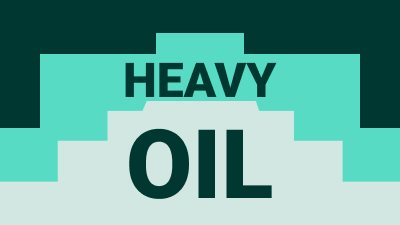
7 min read
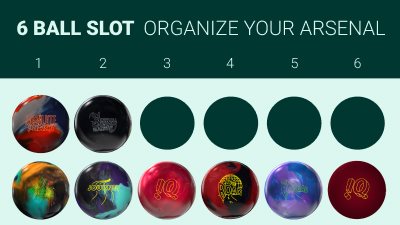
7 min read
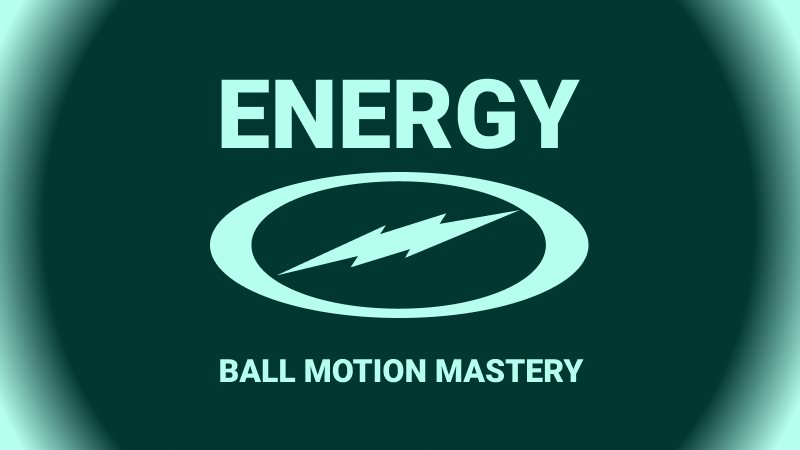
7 min read
EXPLORE MORE
Explore videos and other content
